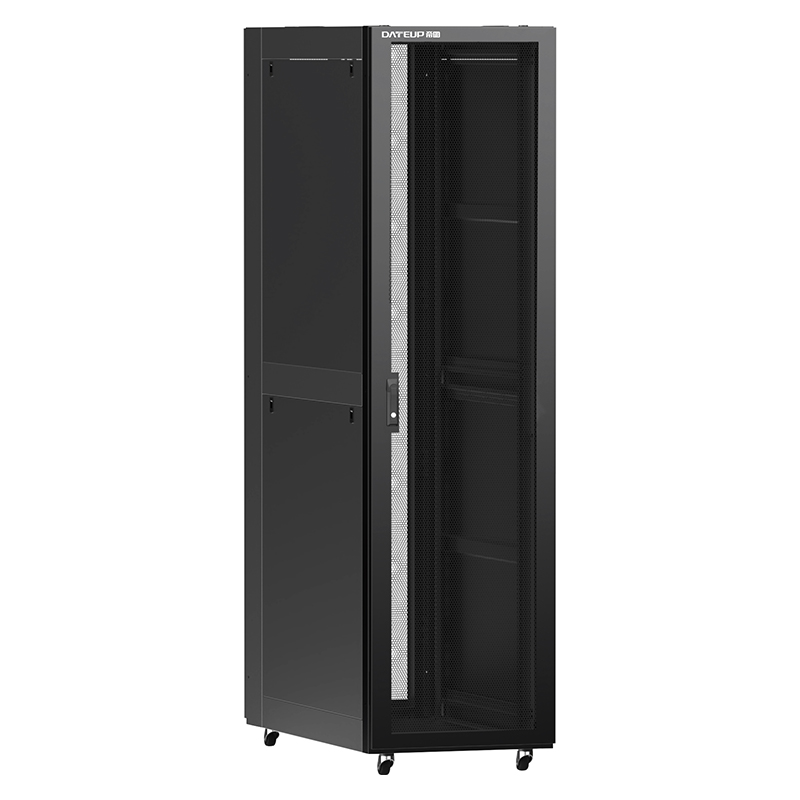How Network Cabinets Promote the Development of the Internet of Things
The Internet of Things (IoT) has become a revolutionary technological concept that connects various objects and devices to the Internet, enabling them to communicate and share information. This network of interconnected devices has the potential to transform every industry, from healthcare and transportation to agriculture and manufacturing. However, in order to realize the full potential of IoT, it requires robust and secure infrastructure – infrastructure provided by network cabinets.
Network cabinets, also known as server racks or data cabinets, are an important part of any IT infrastructure. It is specifically designed to house and organize network equipment such as servers, switches, routers, and storage devices. These cabinets also provide physical protection for delicate and expensive network equipment by providing a controlled environment that regulates temperature and humidity levels.
One of the major challenges in implementing IoT systems is the sheer volume of devices and data generated. In order to effectively manage and process such large amounts of data, a robust and scalable network infrastructure is required. Network cabinets play a vital role in this regard by providing the necessary space and organization for network equipment. They allow a variety of equipment and components to be consolidated into one location, simplifying management and maintenance.
The IoT is highly dependent on real-time data transmission, and network cabinets are critical to ensure uninterrupted connectivity. These cabinets provide cable management systems to keep network infrastructure organized and prevent signal interference or damage. In addition, they offer cabling options that meet the specific needs of IoT deployments, such as different types of cables for different devices. This organized approach minimizes downtime and enhances the reliability and performance of your IoT network.
Security is a major concern when it comes to IoT deployments, as connected devices create vulnerabilities and expose networks to potential cyber threats. Network cabinets play a key role in protecting IoT infrastructure by providing physical security measures. These cabinets are designed with lockable doors and tamper-resistant features to prevent unauthorized access to network equipment. They also offer the option of additional security features, such as biometric or RFID access control, further enhancing the security of IoT environments.
The IoT generates large amounts of data, and efficient data management is critical to its successful implementation. Network cabinets help in effective data management by providing storage and backup solutions within the same infrastructure. Network cabinets are able to accommodate various types of storage devices, such as hard drives and solid-state drives, ensuring that IoT systems have sufficient storage capacity to handle the data generated by connected devices. In addition, these cabinets can integrate backup power sources such as uninterruptible power supplies (UPS) to prevent data loss during power outages and ensure continued operation of IoT devices.
Scalability is another key aspect of IoT development, as the number of connected devices is expected to grow exponentially. Network cabinets are designed to accommodate future growth by providing flexibility and scalability. They offer adjustable mounting options, allowing new equipment to be added without requiring extensive changes to the infrastructure. This scalability enables organizations to easily adapt and expand their IoT deployments as needs change and the number of connected devices increases.
Additionally, network cabinets facilitate efficient maintenance and management of IoT deployments. These cabinets provide easy access to network equipment through removable side panels and vent doors, allowing technicians to quickly troubleshoot and repair any issues. In addition, cable management systems within the cabinet make it easier to identify and trace cables, simplifying maintenance tasks and reducing downtime in the event of a failure.
To sum up, network cabinets play a crucial role in the development and success of the Internet of Things. They provide the infrastructure needed to support and manage the large amounts of data and devices involved in IoT deployments. Network cabinets ensure uninterrupted connectivity, provide security features, facilitate efficient data management, and enable scalability and ease of maintenance. As the Internet of Things continues to revolutionize the industry, network cabinets will remain a key component in driving the development of this transformative technology.
Post time: Nov-14-2023


